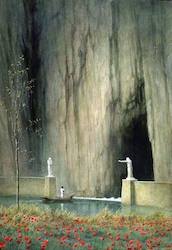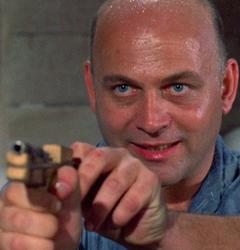Weaving together ancient remains with modern-day technology, a new exhibit at the Canadian Museum of History is bringing to life the faces of a 4,000-year-old indigenous family who died near the shores of British Columbia.
The exhibit features a 3D digital reconstruction of the faces of an ancient family from the shíshálh Nation, whose remains were found in 2010 near what is now Sechelt, B.C.
The burial find is one of the most significant in North America, the museum says – not just because the remains are so old and so well-preserved, but because they include the remains of a great man, likely a chief, who had been buried with displays of his wealth.
Archeologists from the Museum of History and the University of Toronto helped excavate the site over two years, unearthing the remains of five people: a man, around the age of 50; a female in her late teens or early 20s; male twins in their early 20s; and one infant whose gender couldn’t be determined.
Faces of 4,000-year-old indigenous family come to life in new exhibit
-
de officiis

- Posts: 2528
- Joined: Wed Nov 30, 2016 11:09 am
Faces of 4,000-year-old indigenous family come to life in new exhibit
Faces of 4,000-year-old indigenous family come to life in new exhibit

-
heydaralon

- Posts: 7571
- Joined: Thu Mar 16, 2017 7:54 pm
Re: Faces of 4,000-year-old indigenous family come to life in new exhibit
Do you guys ever wonder how accurate those models are when they create a facial mold around a skull from hundreds or thousands of years ago? My favorite facial recreation is of Alexander the Great's dad Phillip II.

Either way, I do like the idea of creating facial molds for people who lived in the distant past.

Either way, I do like the idea of creating facial molds for people who lived in the distant past.
Shikata ga nai
-
Fife

- Posts: 15157
- Joined: Wed Nov 30, 2016 9:47 am
